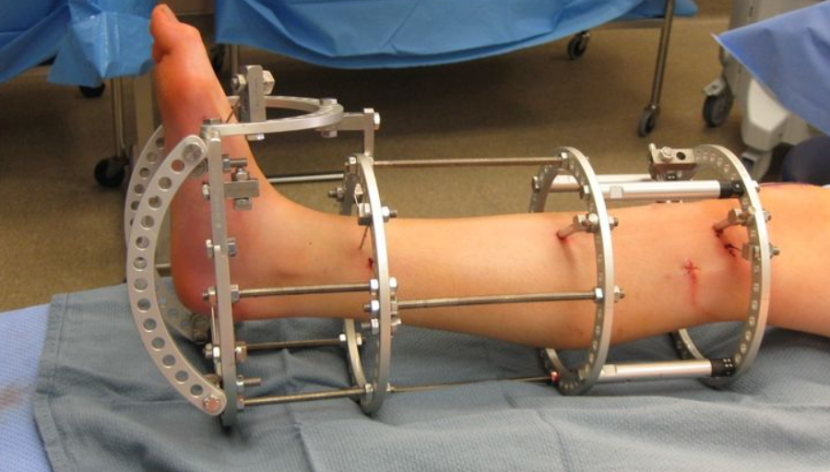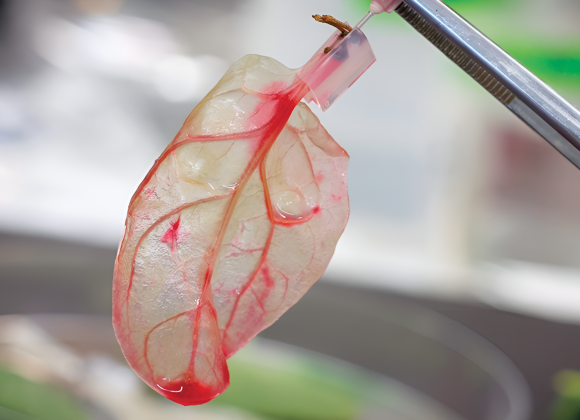Limb lengthening surgery is a transformative yet demanding orthopedic procedure designed to increase the length of a limb, often performed for correcting discrepancies, treating congenital conditions, or for cosmetic height enhancement. While the surgical technique has advanced significantly over the years, the true challenge lies in the recovery process. Healing after limb lengthening is a slow, structured journey that takes several months. It requires medical supervision, pain control, and therapy. Understanding each recovery phase—from hospital stay to full mobility—is essential for patients and caregivers. This blog explains the recovery timeline, covers pain management, and highlights physical therapy’s role in regaining strength.
Recovery Timeline: What to Expect at Each Stage
The recovery process after limb lengthening surgery is gradual and carefully monitored, typically spanning several months to a year. Each stage plays a vital role in ensuring proper bone growth, joint function, and overall healing. Here’s a detailed breakdown of what patients can expect during each phase:
- Immediate Postoperative Phase (Week 1–2)
Patients usually remain in the hospital for 3 to 7 days following limb lengthening surgery.The main goals are managing pain, preventing infection, and starting early movement using crutches or a walker. Doctors monitor for complications from anesthesia, bleeding, or the surgical site to ensure a safe and stable recovery start.
- Distraction Phase (Week 2–10)
The distraction phase begins about two weeks after surgery and typically lasts up to eight weeks. During this time, the bone is gradually pulled apart at a controlled rate—usually about 1 mm per day—using an external fixator or internal device. This slow separation allows new bone tissue to form in the gap. Patients may experience muscle tightness, discomfort, and nerve sensitivity as surrounding tissues stretch. Regular X-rays are taken to monitor progress and ensure the bone is lengthening evenly. Physical therapy is essential during this phase to maintain joint flexibility and prevent stiffness.
- Consolidation Phase (Month 3–6 or more)
The main goal of this phase is to allow the newly formed bone, known as the regenerate, to harden and stabilize. Throughout this period, the external fixator or internal lengthening device remains in place to support the bone. Physical therapy becomes more intensive, emphasizing strength building, balance, and maintaining range of motion. As healing progresses, weight-bearing is gradually increased in line with the bone’s ability to handle stress.
- Device Removal and Final Rehabilitation (Month 6–12+)
Once X-rays confirm that the bone has fully healed, the external device is removed through a minor procedure if necessary. After removal, the focus remains on physiotherapy to rebuild muscle strength, enhance walking patterns, and address any lingering joint stiffness. Most patients are able to return to normal or near-normal activities within 9 to 12 months after surgery, although full participation in high-impact activities may take longer.
- Long-Term Recovery and Monitoring (Beyond 12 Months)
Full remodeling and maturation of the new bone can take up to 18 months after surgery. During this time, regular orthopedic check-ups are essential to monitor bone alignment, joint health, and overall limb function. Patients may also go through a period of psychological and physical adjustment as they adapt to their new limb proportions and walking pattern.
Pain Management
Pain levels during limb lengthening recovery often depend on the surgical method and how each individual responds to the procedure. In the LON (Lengthening Over Nail) technique, surgeons insert an internal intramedullary nail to support the bone while using an external fixator temporarily. Because they remove the fixator earlier in this method, patients usually feel less prolonged pain and experience reduced soft tissue irritation. Newer methods like the PRECICE system, which uses a fully internal magnetic nail, also minimize pain by eliminating external hardware altogether.
Doctors typically manage postoperative pain with opioids, NSAIDs, and muscle relaxants. As patients enter the distraction phase, they often feel discomfort from tissue stretching. To control this, clinicians may prescribe neuropathic medications like gabapentin, administer nerve blocks, and recommend ongoing physical therapy. Patients also use stretching routines, heat therapy, and controlled movement to relieve muscle tightness. Stress management and emotional support further help reduce pain, since mental health can strongly influence physical sensations. Choosing the right surgical technique and a personalized pain plan helps patients feel more comfortable and recover more effectively.
Role of Physical Therapy
Physical therapy plays a vital role in the recovery process after limb lengthening surgery, helping patients regain strength, flexibility, and proper limb function. Early in the recovery, therapy focuses on maintaining joint mobility and preventing stiffness, especially in the knees, hips, and ankles. During the distraction phase, daily stretching exercises become crucial to avoid muscle contractures and nerve tightness caused by the gradual bone lengthening. As the bone consolidates, therapy becomes more intensive, emphasizing muscle strengthening, balance, and gait training.
Patients are often required to attend sessions multiple times a week, guided by therapists familiar with limb lengthening protocols. Techniques such as massage, resistance exercises, and hydrotherapy may also be used to reduce pain and improve circulation. Long-term therapy helps the patient adjust to the new limb length and prevents joint or walking-related complications. Consistent and specialized physical therapy is essential for achieving the best possible functional outcome.
Emotional and Mental Recovery
Recovering from limb lengthening surgery isn’t just a physical journey—it’s an emotional one as well. The process can be mentally challenging due to prolonged discomfort, limited mobility, dependence on others, and the slow pace of recovery. Many patients experience frustration, anxiety, or even depression, especially during the distraction and consolidation phases when pain and physical limitations are most noticeable.
Emotional support is essential throughout recovery. Regular communication with healthcare providers, access to mental health professionals, and participation in support groups can make a significant difference. Encouragement from family and friends also plays a key role in maintaining motivation. Preparing mentally before surgery, setting realistic expectations, and acknowledging emotional ups and downs can help patients cope more effectively and stay committed to the long recovery process.
Final Thoughts
Limb lengthening surgery offers life-changing results, but the path to full recovery requires time, patience, and determination. From managing pain and navigating emotional challenges to committing to regular physical therapy, every stage of the process plays a vital role in achieving a successful outcome. Understanding what to expect—physically and mentally—can empower patients to approach recovery with confidence and resilience. With the right support system and mindset, the journey, though demanding, can lead to improved function, symmetry, and quality of life.




